1 of 98
Download to read offline






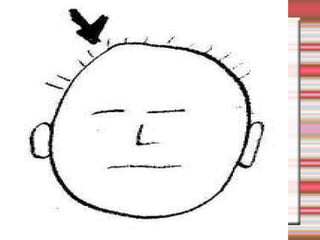
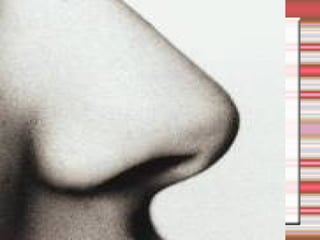



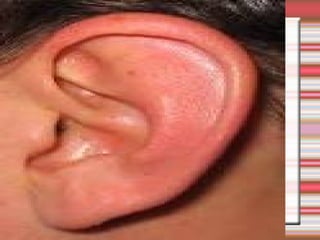





















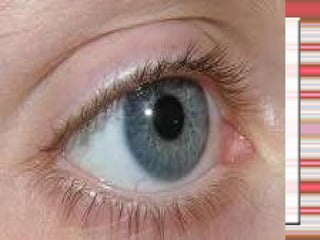

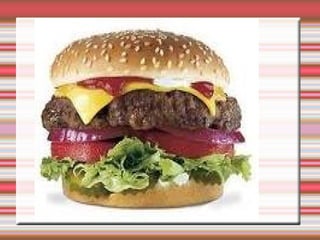



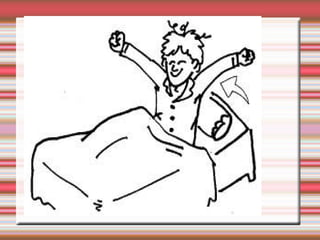
















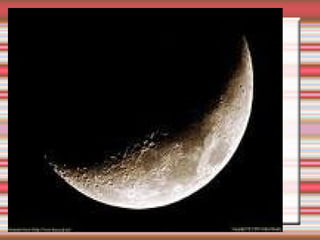


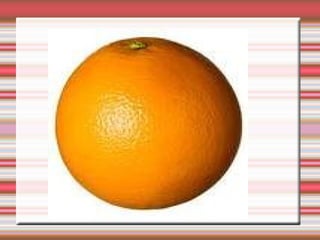







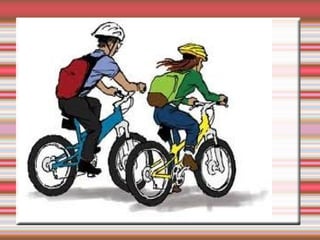






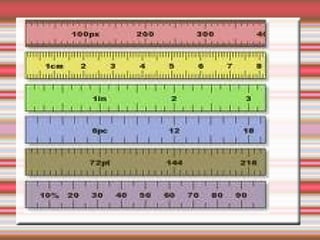











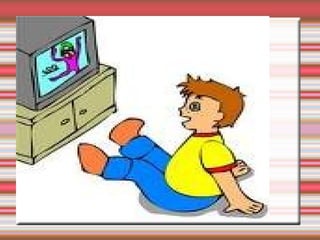








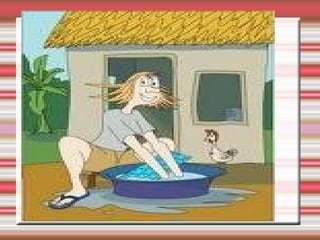

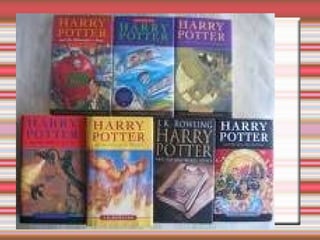
Ad
Recommended
Present simple, past simple, future simple
Present simple, past simple, future simpleMichellis Nieto
╠²
This document provides an overview of the present simple, past simple, future simple, present continuous, past continuous, and future continuous tenses in English. It explains the affirmative and negative structures for each tense, including the verbs used and examples. Key points covered include using "to be" plus the present participle for continuous tenses, and "will" or "going to" to express the future. The present simple
The present simpleBayaraa Tungalagtuya
╠²
The document discusses the present simple tense in English. It describes two main uses: 1) for repeated or habitual actions, and 2) for facts or generalizations that are always true. It provides examples for each use and discusses the grammatical rules, including verb conjugations and question forms.Third year - sample test
Third year - sample testRoger Aguirre
╠²
This document contains an English exam asking students to review a family schedule and answer questions about the activities of Mr. Paz, Mrs. Paz, their daughter Liz, and son Bob on Saturday and Sunday. The schedule details the family's morning, afternoon, and evening plans for both days of the weekend. Students are asked 5 multiple choice questions to test their understanding of who is doing what and when based on the information in the schedule.Simple future
Simple futurebrilliant521
╠²
The document discusses the simple future tense in English. It explains that there are two forms - "will" and "be going to". While sometimes interchangeable, they often express different meanings. "Will" usually suggests a voluntary action or promise, while "be going to" expresses a plan or intention. Both can also be used to make predictions about events outside of one's control. The document provides examples to illustrate the appropriate uses and forms of each.Simple Future
Simple FutureCIDEB
╠²
The document discusses the differences between using "will" and "be going to" to express future tense in English. It explains that "will" is used for voluntary actions or promises, while "be going to" expresses planned actions. Both can also be used to make predictions about events outside of one's control. Examples are provided to illustrate the proper usage of each form.Going to future
Going to futureTelma Lenita Zen
╠²
The document provides examples of using "going to" to talk about future plans and intentions. It shows affirmative, negative, and question forms using "going to" followed by a main verb to express what someone or something will do in the future. Examples include "She is going to travel by plane", "They are not going to bring her a gift", and "Is it going to rain tomorrow morning?".Going To blog
Going To blogguest1fd581
╠²
This document discusses using the phrase "going to" to talk about future plans and planned actions. It provides examples of sentences using "going to" followed by the infinitive form of a verb to express certainty about future events, such as "I am going to play handball" or "We are not going to play tennis on Sunday."Be going toTeacherGraceCooper
╠²
Este documento explica el uso de la expresi├│n "be going to" para hacer predicciones sobre el futuro. Se utiliza para planes ya sean a corto o largo plazo, y cuando el hablante tiene evidencia que le permite predecir algo con certeza. La diferencia con "will" es que "be going to" implica m├Īs planificaci├│n o certeza sobre lo que va a suceder. El documento tambi├®n describe la estructura gramatical de "be going to" en sus formas afirmativa, negativa e interrogativa.Going to ppt
Going to pptrezaze
╠²
Several people are planning activities for the weekend such as paragliding, playing soccer, riding bikes in the park, surfing, dancing at a party, eating ice cream together, going to the park, and singing in a talent show. Some things people do not plan to do are talk anymore, do homework, swim in cold water, or climb Mount Everest. Additionally, the dog will not go to the beach with its family. The document lists both positive and negative plans for various individuals' weekends.The future with be going to
The future with be going toIngles Corporativo
╠²
The document discusses using 'be going to' for making future plans, illustrated with examples related to vacation activities in China. It highlights the formation of the future tense, negative statements, and the use of contractions in informal speaking. Additionally, it provides practice exercises for constructing affirmative and negative sentences about future plans.Future Tense with GOING TO
Future Tense with GOING TORoger Aguirre
╠²
The document outlines various future plans and predictions using the future tense 'be going to.' It provides examples such as studying education, upcoming marriages, and predicted events like rain and childbirth. Additionally, it covers the structure of affirmative, negative, and interrogative sentences in this future tense form.future simple
future simpleKaren Flores
╠²
One Direction plans to travel to Chile next year, while Justin Bieber intends to study Spanish. The future tense in English can be expressed using "will" or "be going to". "Will" indicates a spontaneous decision without prior planning, while "be going to" refers to premeditated plans or predictions. Both can be used to talk about the future in affirmative, interrogative, and negative forms depending on whether an action will or will not occur.Will or Going to
Will or Going toeoi.soraya
╠²
The document discusses the use of the future tense in English using will + infinitive and be/am/is/are going to + infinitive. Will + infinitive is used to make predictions about the future based on present knowledge, to refer to decisions made in the present, and to make promises or offers. Be/am/is/are going to + infinitive is used to talk about intentions, plans, and things that have been decided to do, as well as predictions based on present evidence. A dialogue demonstrates using will + infinitive to predict someone's future in responses to their questions. The document concludes by reviewing the uses of will + infinitive and be/am/is/are going to + infinitPresentation Simple Future Tense
Presentation Simple Future Tensemang Ayoe
╠²
The document discusses the simple future tense in English. It provides examples of how to form simple future tense sentences using will or shall with the base form of the verb. It also lists the subjects and time expressions used with simple future tense. The document includes examples of affirmative, negative, and interrogative simple future tense sentences. It concludes with an exercise consisting of 5 simple future tense sentence corrections.Future simple will
Future simple willDiego Arenas
╠²
The document discusses the use of the word "will" to talk about future actions in English. It provides examples of using will in the affirmative ("I will travel"), negative ("They won't fight"), and interrogative ("Will you study?") forms. It also lists some time expressions used to refer to future events and discusses how will expresses spontaneous decisions, assumptions about the future, and actions that cannot be influenced.Be going to and will future
Be going to and will futureyolyordam yolyordam
╠²
The document discusses the use of will and be going to for expressing future events. It provides examples of using will for predictions based on present evidence, decisions made at the time of speaking, offers, promises, and personal opinions. Be going to is used for plans and intentions. The passage then summarizes a story about a fortune teller predicting that a princess named Dianarella will kiss and marry a frog who will turn into a handsome prince.More Related Content
Viewers also liked (8)
Going to ppt
Going to pptrezaze
╠²
Several people are planning activities for the weekend such as paragliding, playing soccer, riding bikes in the park, surfing, dancing at a party, eating ice cream together, going to the park, and singing in a talent show. Some things people do not plan to do are talk anymore, do homework, swim in cold water, or climb Mount Everest. Additionally, the dog will not go to the beach with its family. The document lists both positive and negative plans for various individuals' weekends.The future with be going to
The future with be going toIngles Corporativo
╠²
The document discusses using 'be going to' for making future plans, illustrated with examples related to vacation activities in China. It highlights the formation of the future tense, negative statements, and the use of contractions in informal speaking. Additionally, it provides practice exercises for constructing affirmative and negative sentences about future plans.Future Tense with GOING TO
Future Tense with GOING TORoger Aguirre
╠²
The document outlines various future plans and predictions using the future tense 'be going to.' It provides examples such as studying education, upcoming marriages, and predicted events like rain and childbirth. Additionally, it covers the structure of affirmative, negative, and interrogative sentences in this future tense form.future simple
future simpleKaren Flores
╠²
One Direction plans to travel to Chile next year, while Justin Bieber intends to study Spanish. The future tense in English can be expressed using "will" or "be going to". "Will" indicates a spontaneous decision without prior planning, while "be going to" refers to premeditated plans or predictions. Both can be used to talk about the future in affirmative, interrogative, and negative forms depending on whether an action will or will not occur.Will or Going to
Will or Going toeoi.soraya
╠²
The document discusses the use of the future tense in English using will + infinitive and be/am/is/are going to + infinitive. Will + infinitive is used to make predictions about the future based on present knowledge, to refer to decisions made in the present, and to make promises or offers. Be/am/is/are going to + infinitive is used to talk about intentions, plans, and things that have been decided to do, as well as predictions based on present evidence. A dialogue demonstrates using will + infinitive to predict someone's future in responses to their questions. The document concludes by reviewing the uses of will + infinitive and be/am/is/are going to + infinitPresentation Simple Future Tense
Presentation Simple Future Tensemang Ayoe
╠²
The document discusses the simple future tense in English. It provides examples of how to form simple future tense sentences using will or shall with the base form of the verb. It also lists the subjects and time expressions used with simple future tense. The document includes examples of affirmative, negative, and interrogative simple future tense sentences. It concludes with an exercise consisting of 5 simple future tense sentence corrections.Future simple will
Future simple willDiego Arenas
╠²
The document discusses the use of the word "will" to talk about future actions in English. It provides examples of using will in the affirmative ("I will travel"), negative ("They won't fight"), and interrogative ("Will you study?") forms. It also lists some time expressions used to refer to future events and discusses how will expresses spontaneous decisions, assumptions about the future, and actions that cannot be influenced.Be going to and will future
Be going to and will futureyolyordam yolyordam
╠²
The document discusses the use of will and be going to for expressing future events. It provides examples of using will for predictions based on present evidence, decisions made at the time of speaking, offers, promises, and personal opinions. Be going to is used for plans and intentions. The passage then summarizes a story about a fortune teller predicting that a princess named Dianarella will kiss and marry a frog who will turn into a handsome prince.4grade
- 1. ąĪčāčĆą│ą░ą╗čéčŗąĮ čģčŹčĆ菹│ą╗菹│ą┤čŹčģę»ę»ąĮ 4-čĆ ą░ąĮą│ąĖ ąæ. ąóčāąĮą│ą░ą╗ą░ą│čéčāčÅą░